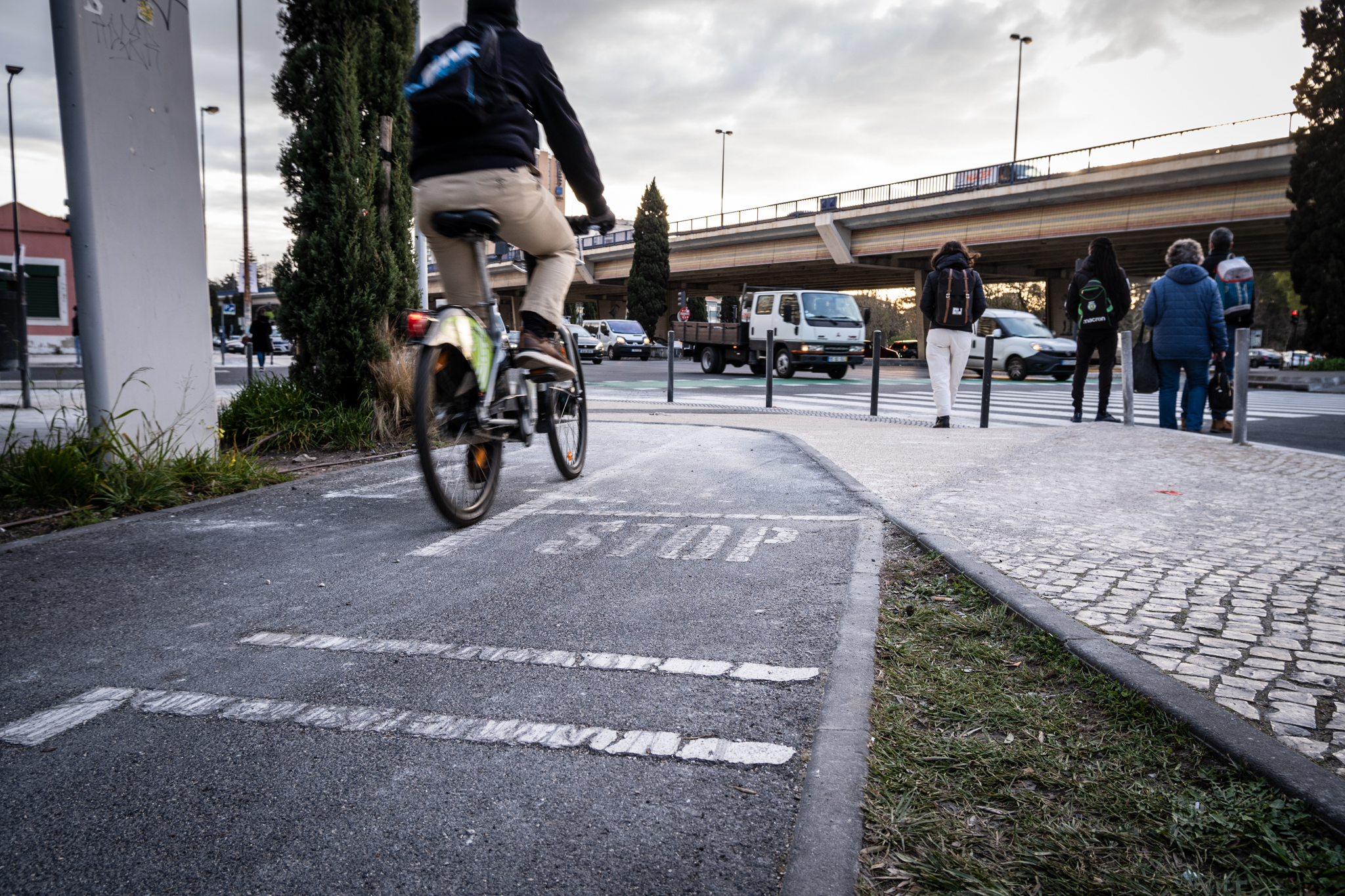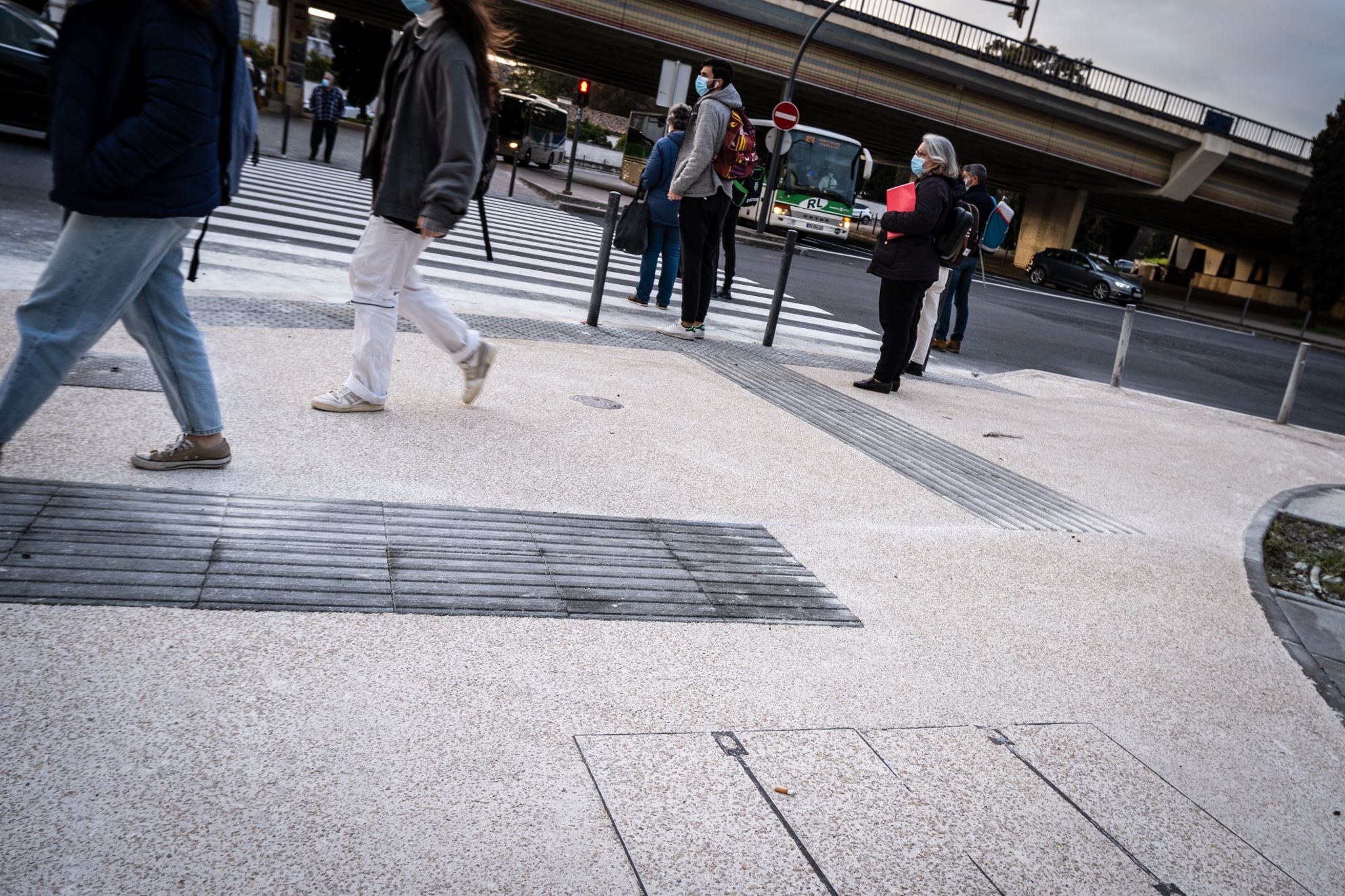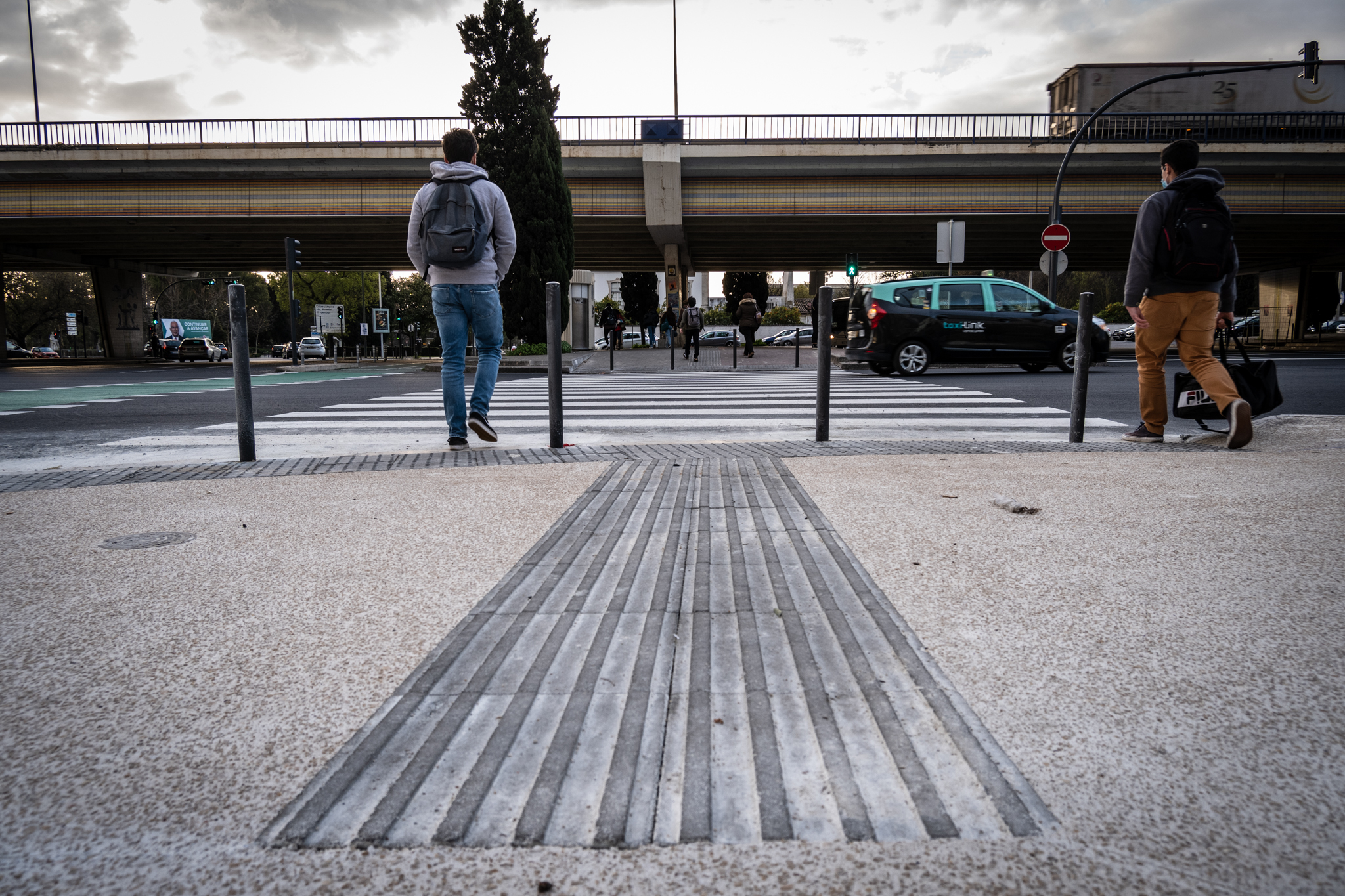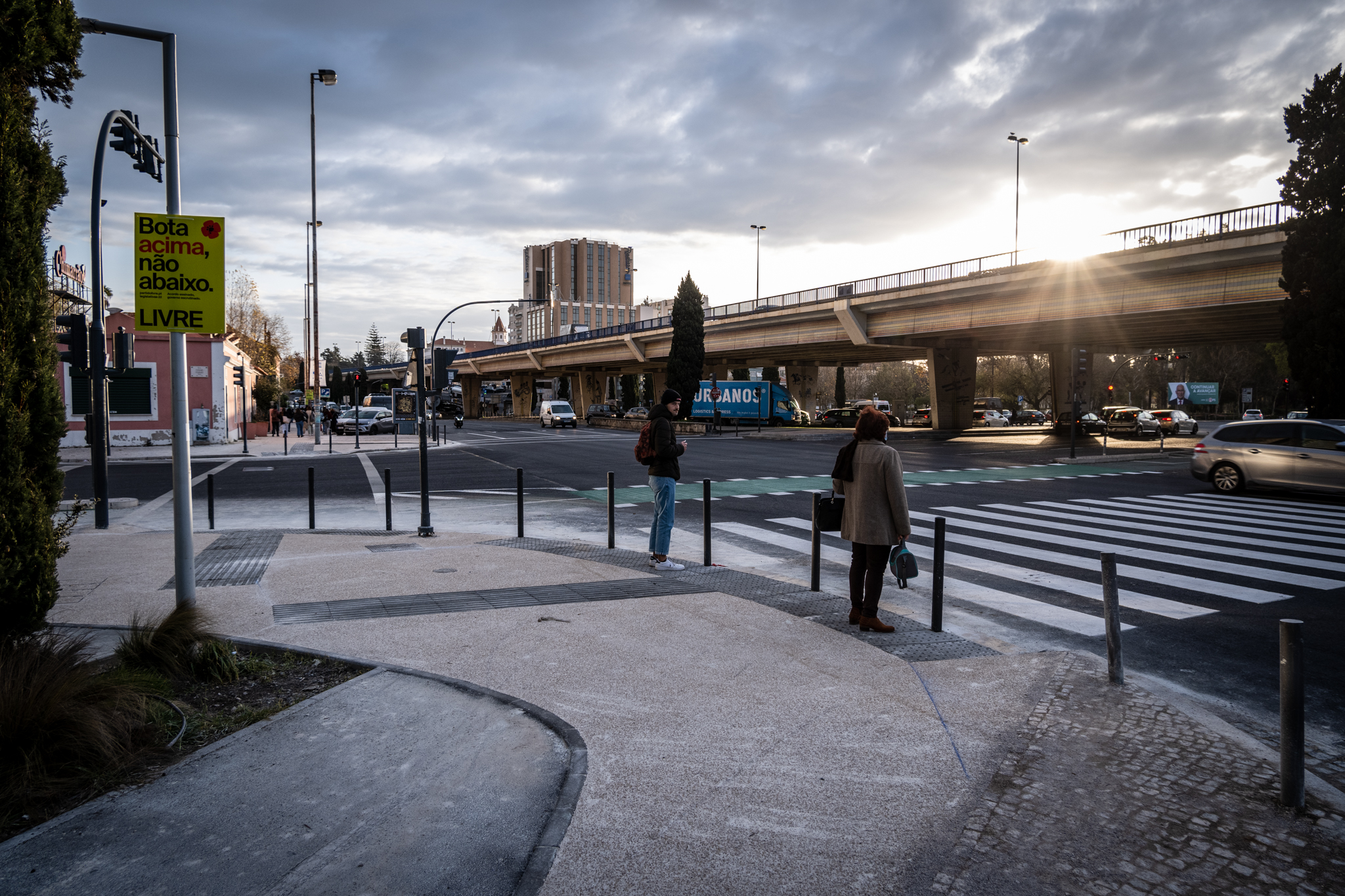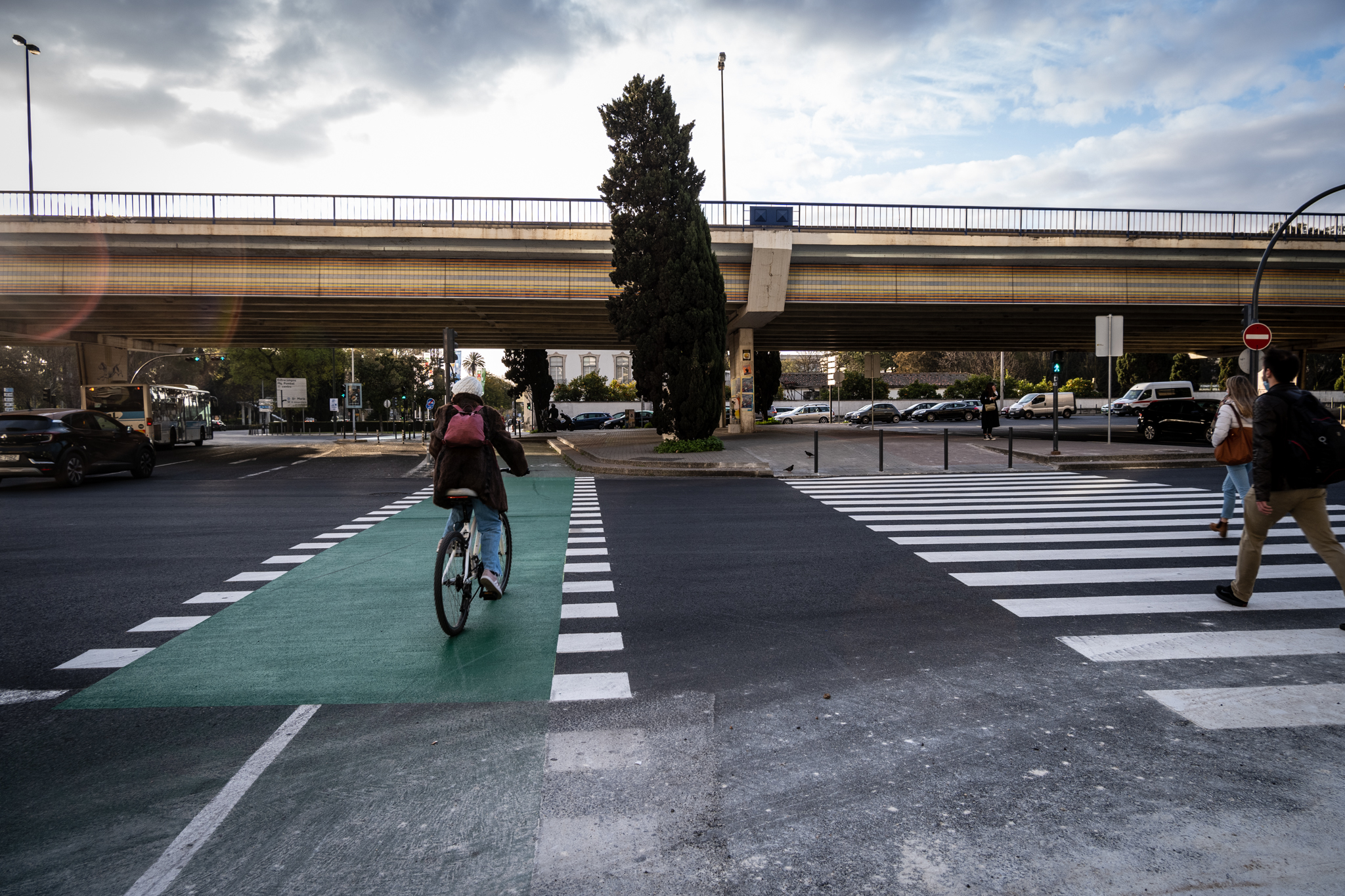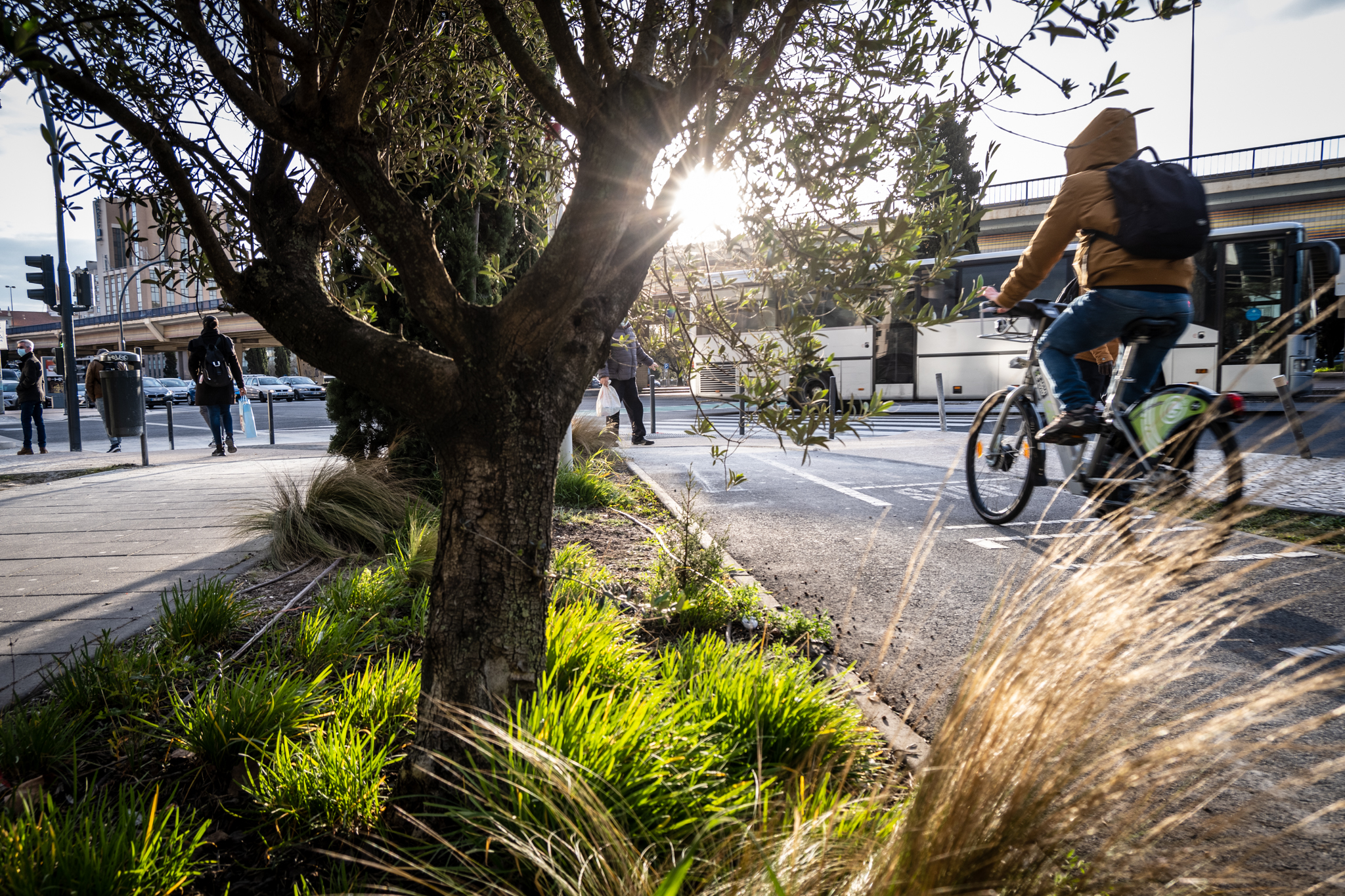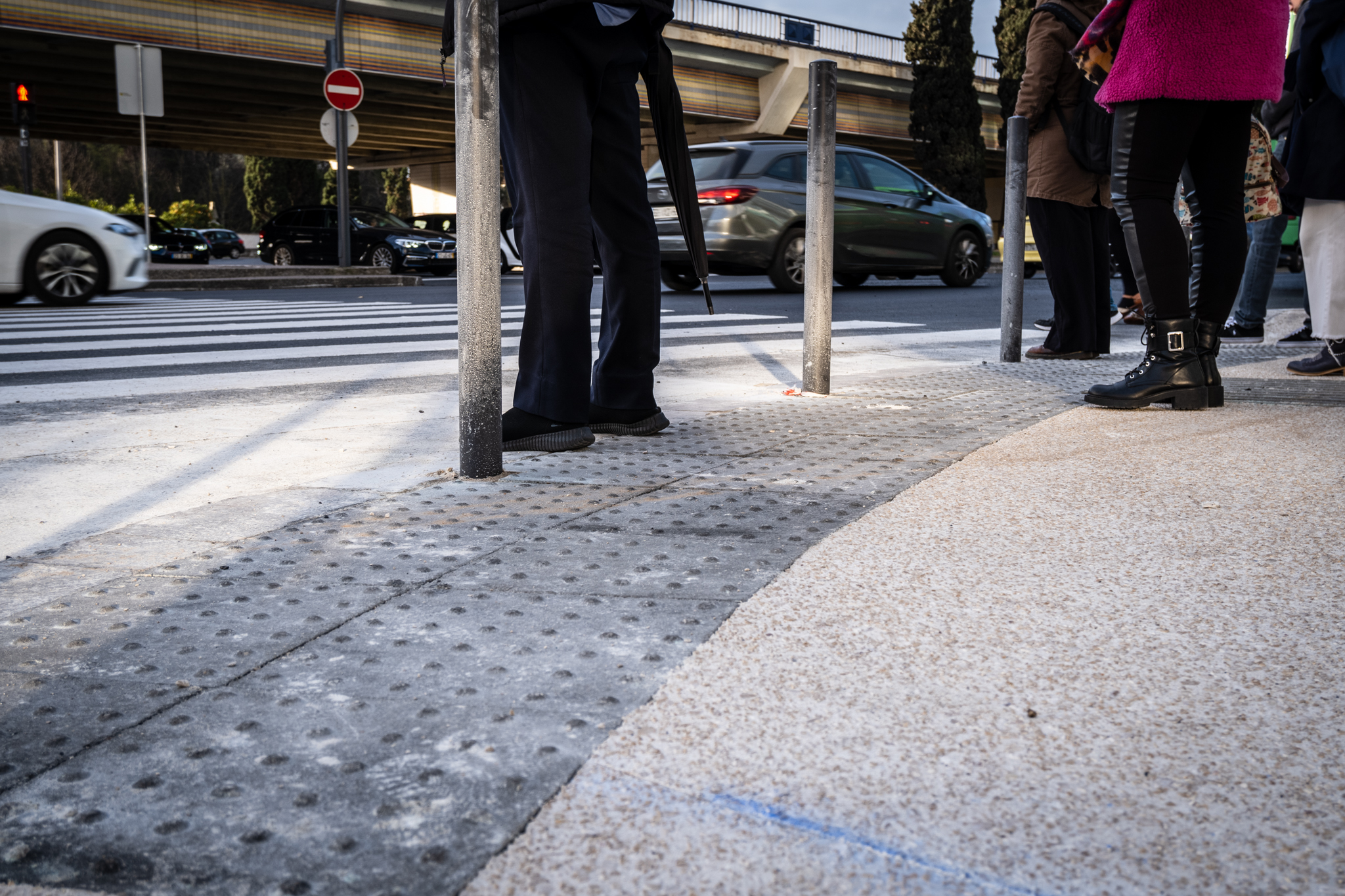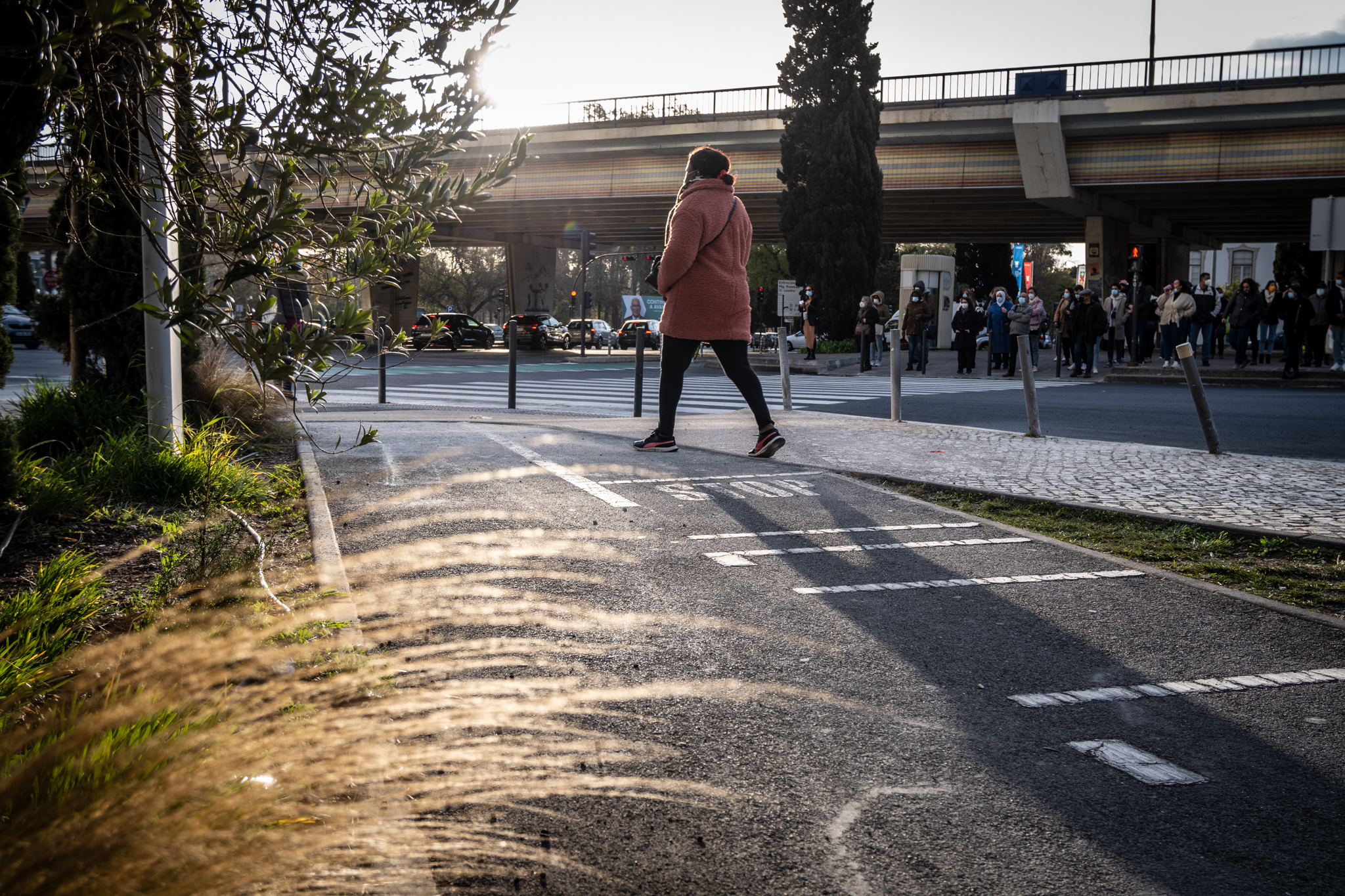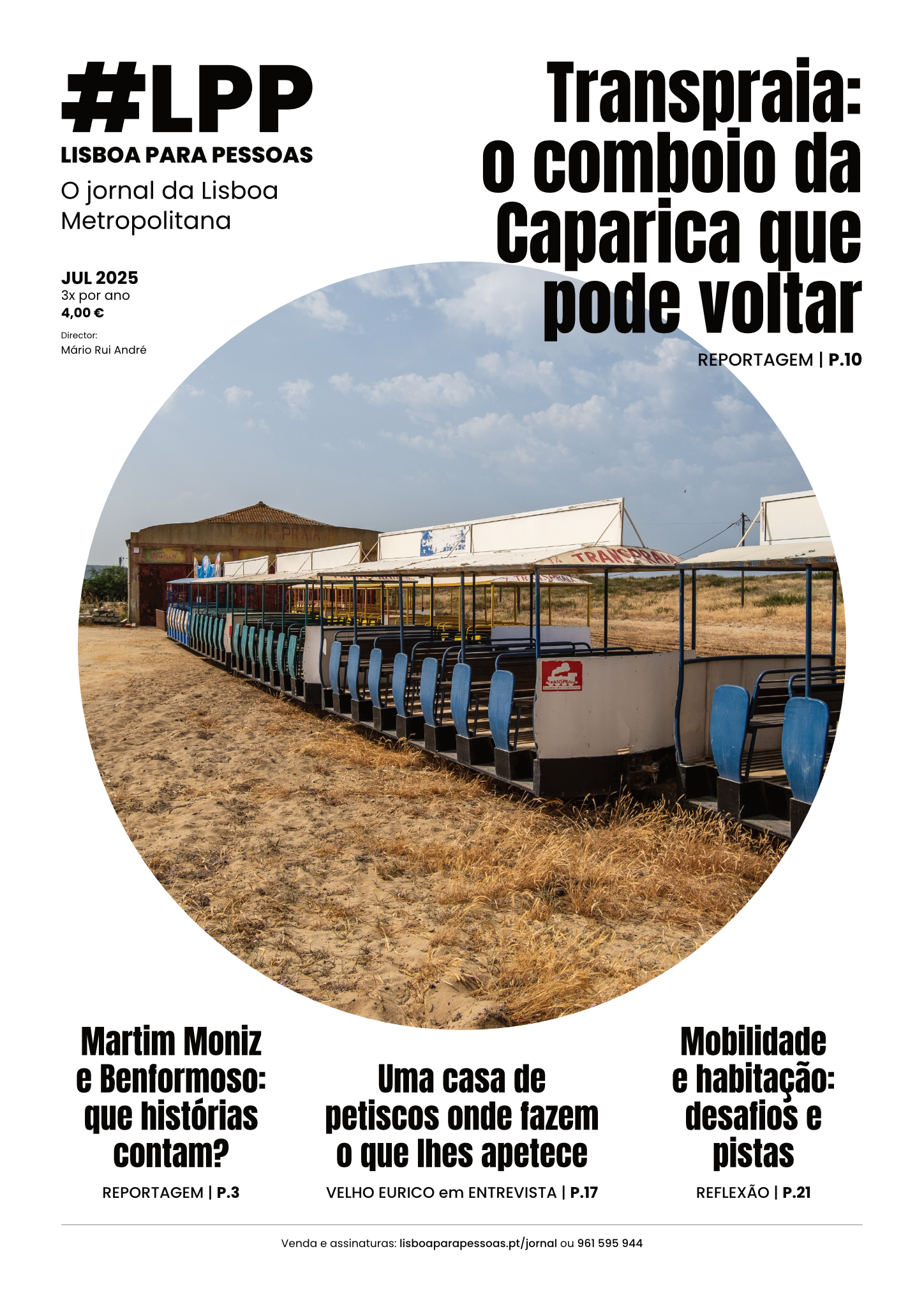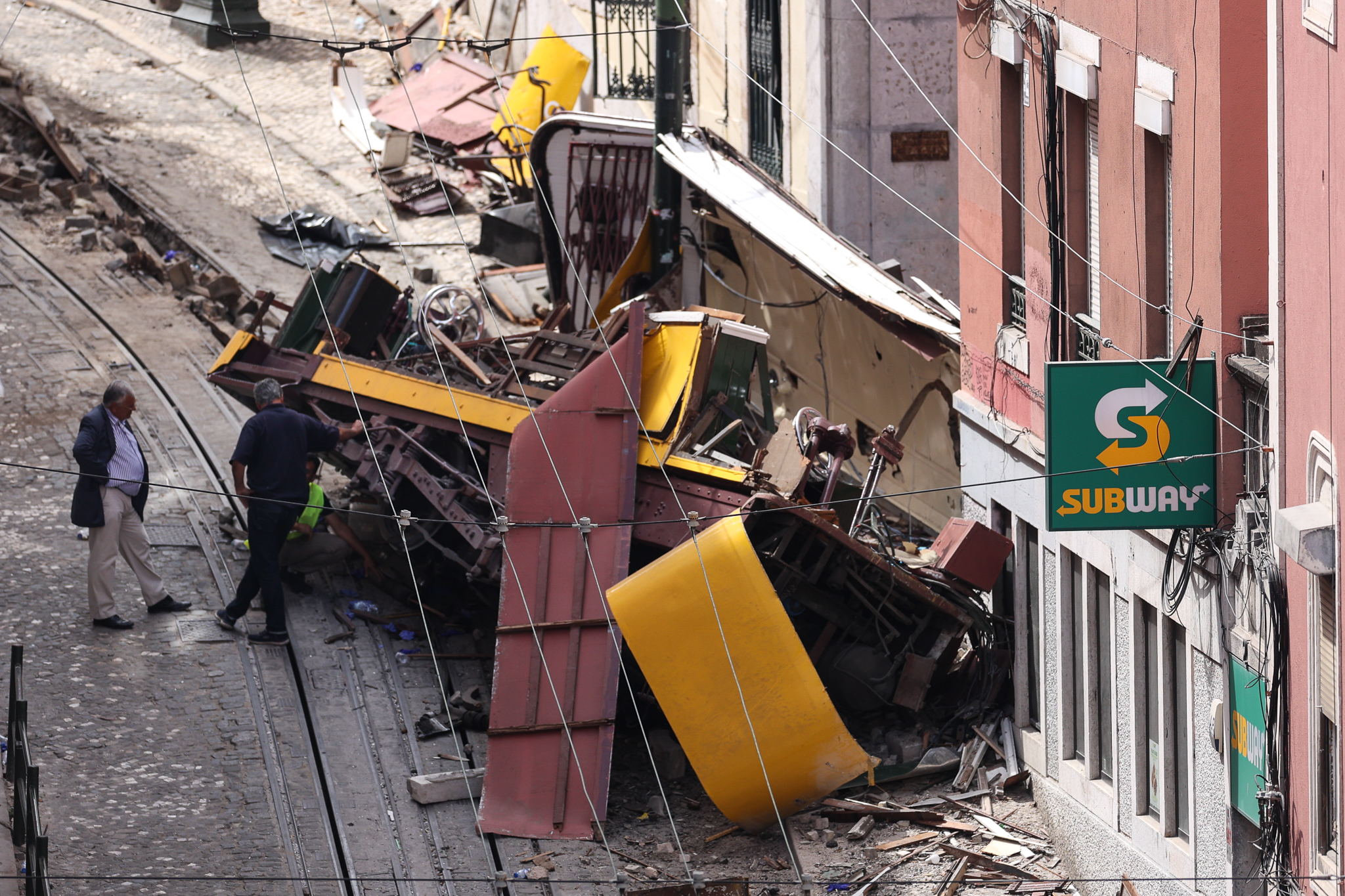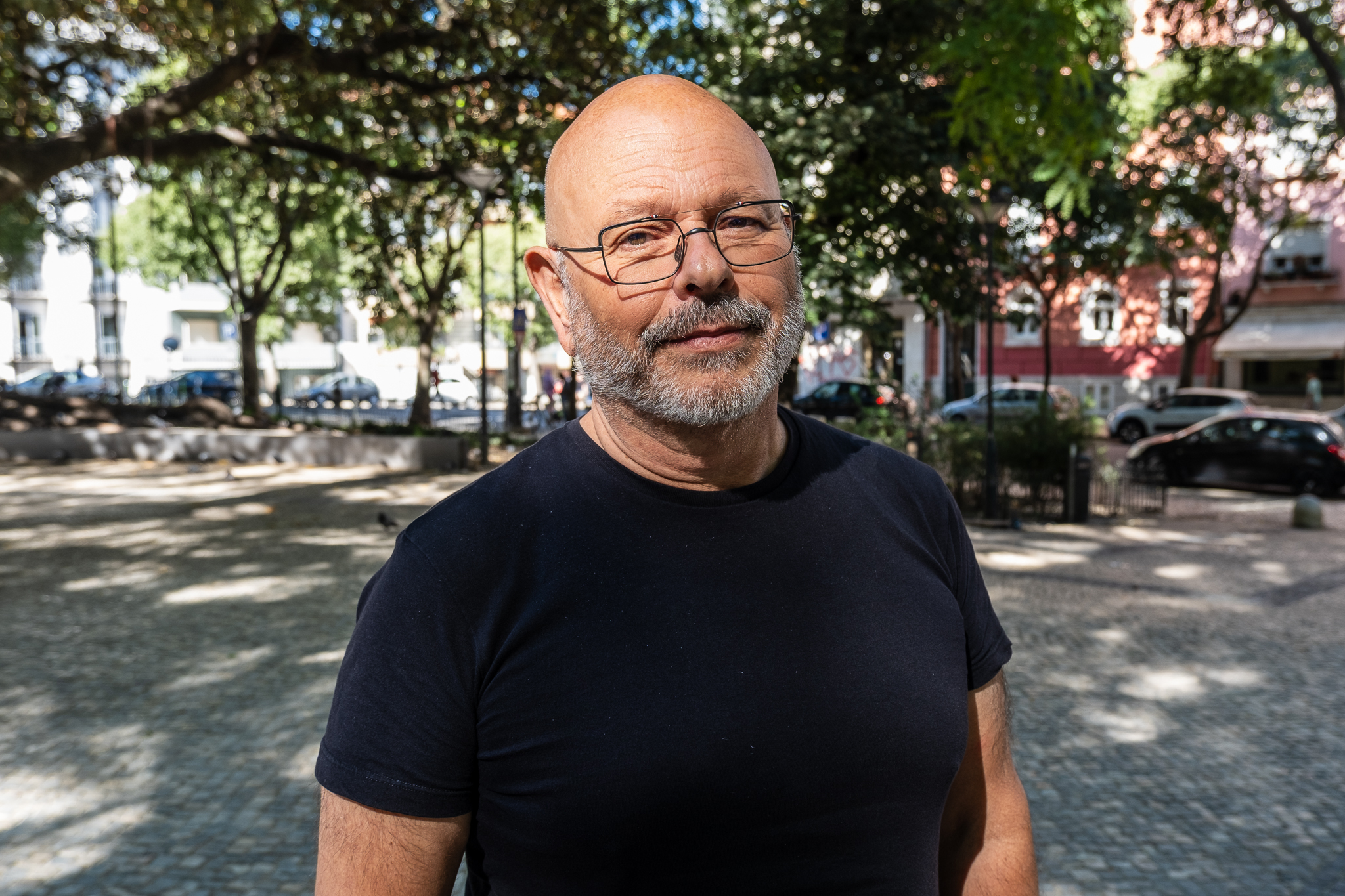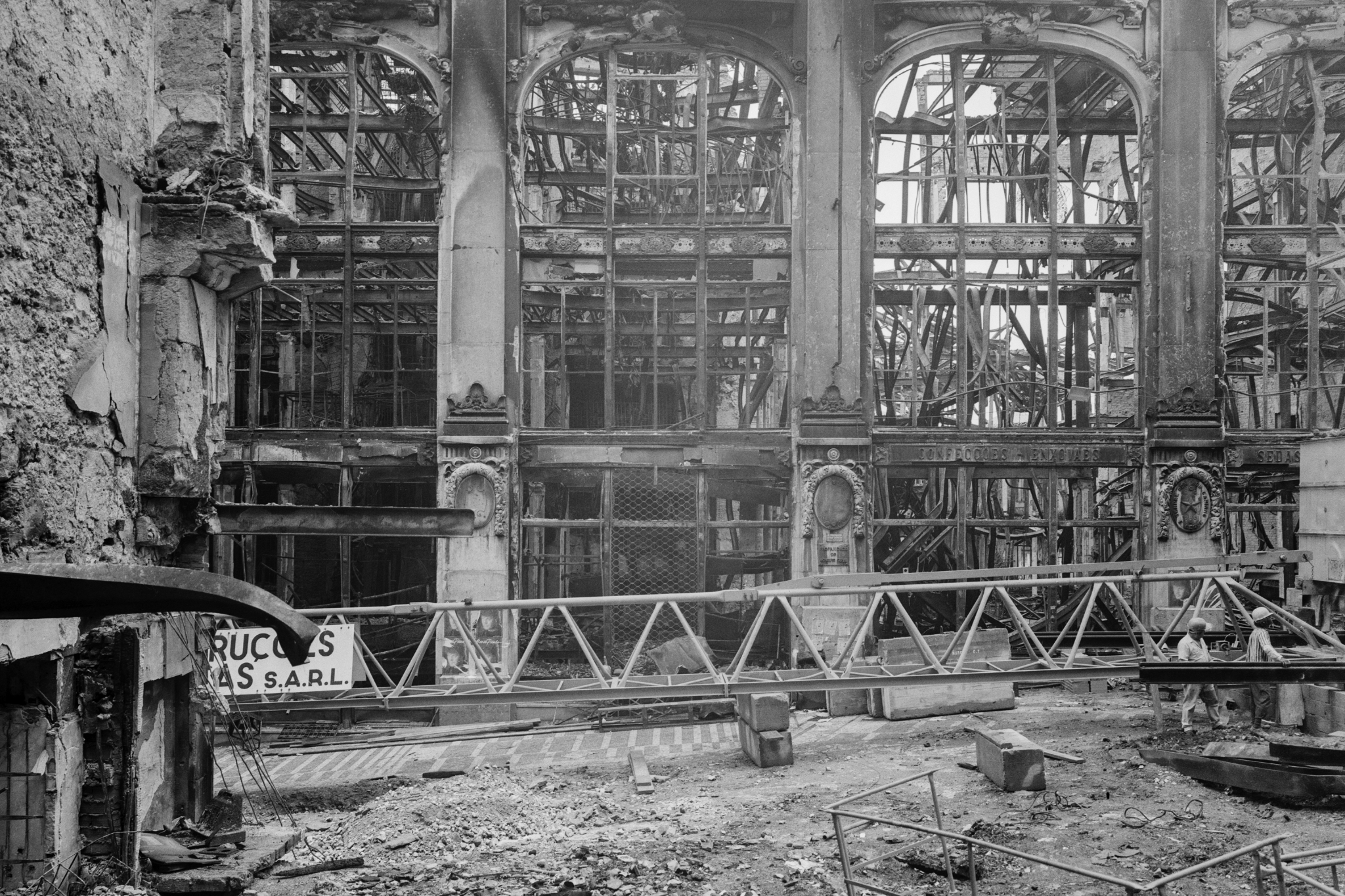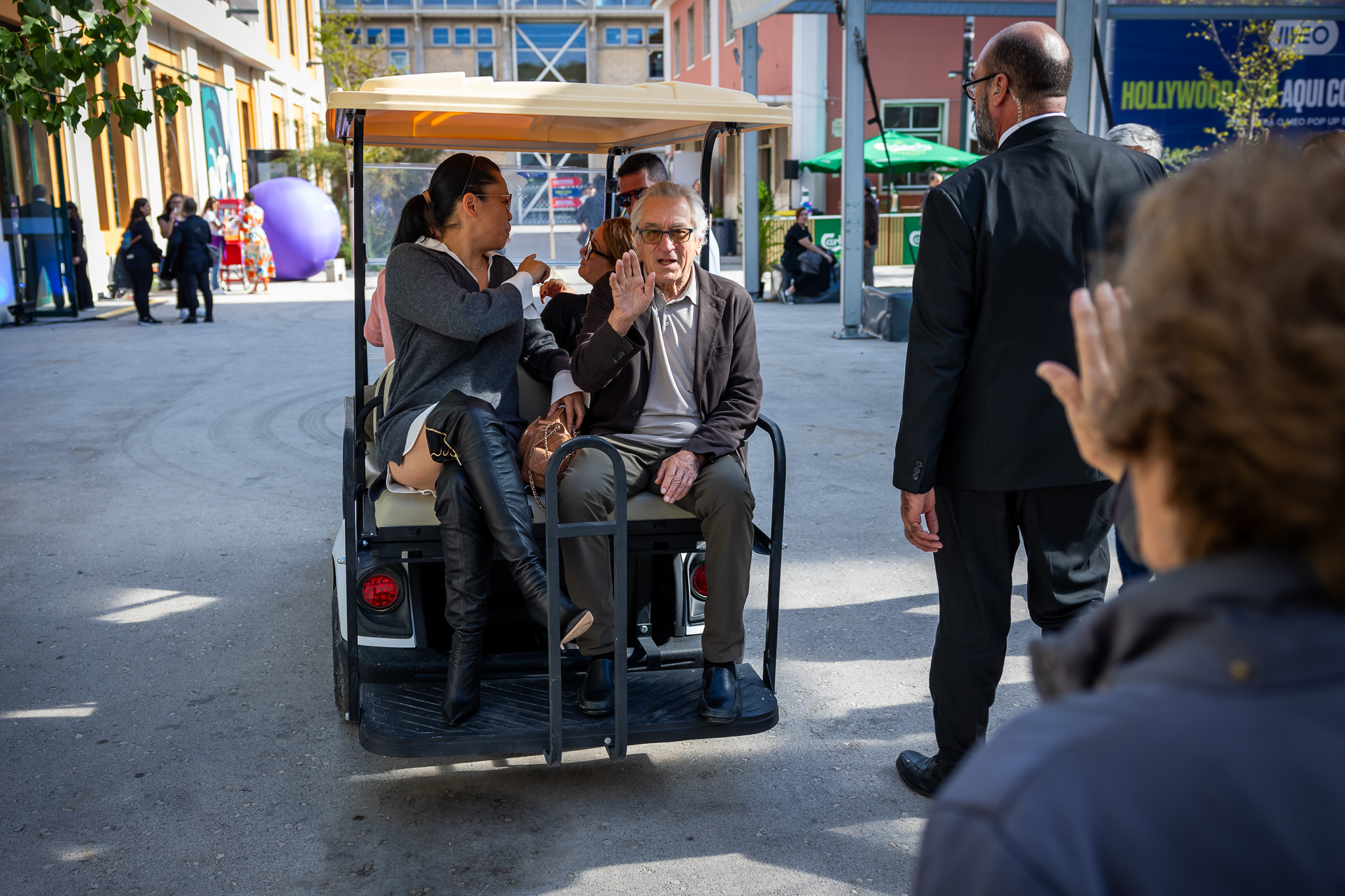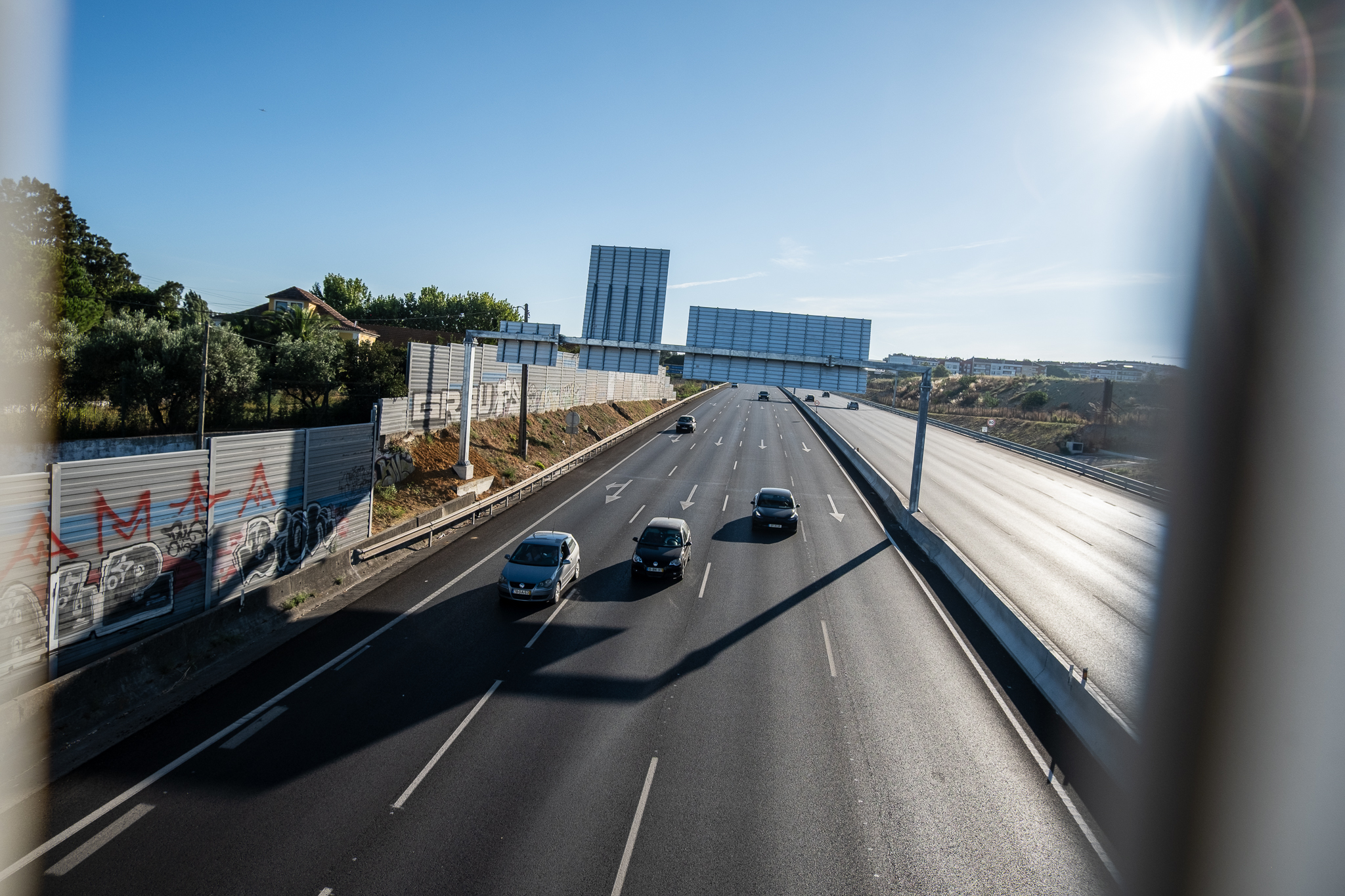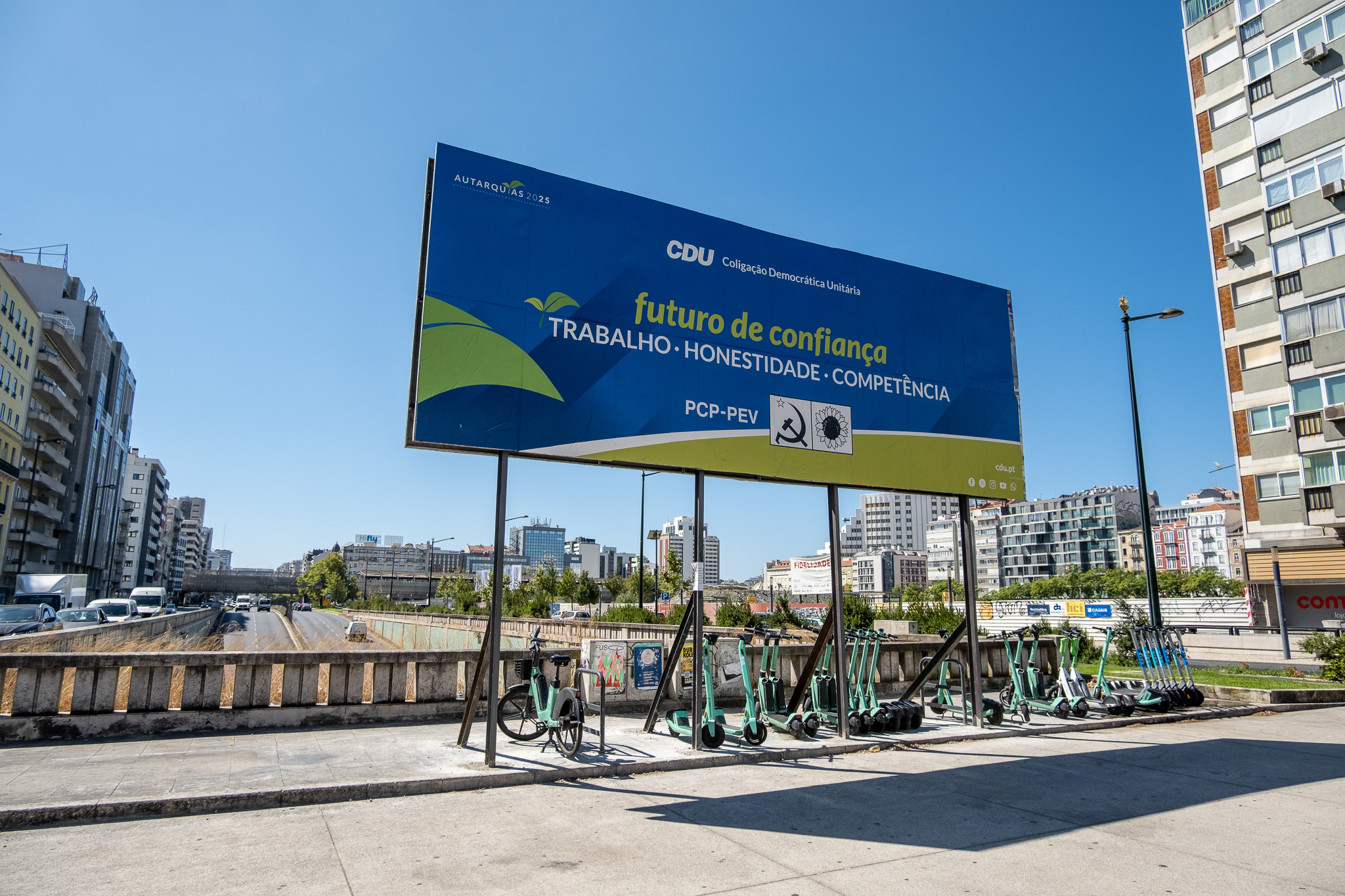The separation of pedestrian and cycle paths is essential to safeguard the safety of both, but especially that of the most vulnerable in this relationship - pedestrians.
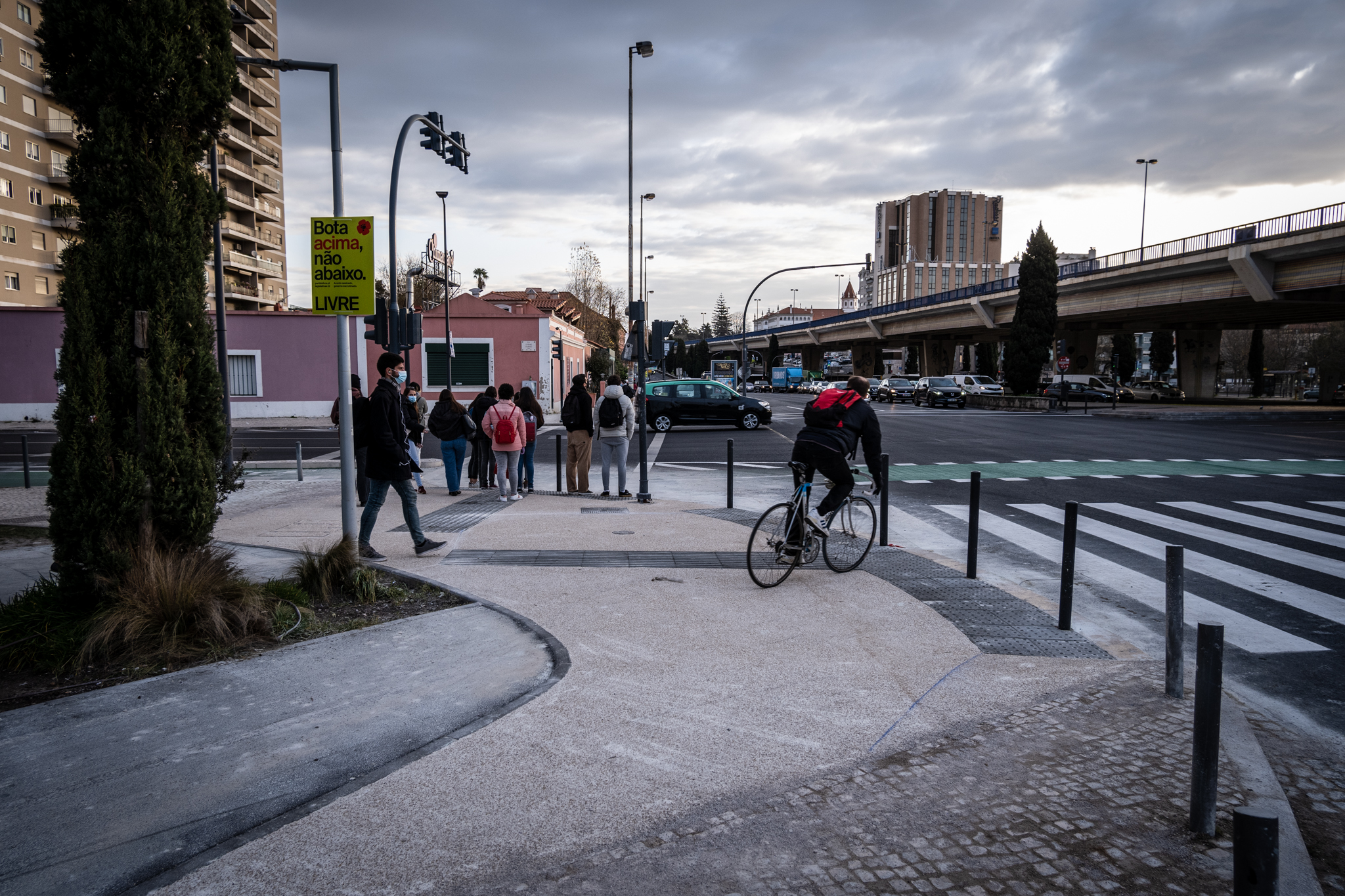
An intervention within the Pedestrian Accessibility Plan which is taking place in Campo Grande has led to the placement of comfortable paving at crossings and guides for blind people. However, the work, which was carried out after the cycling scheme in the area was changed, did not take into account conflicts with cyclists.
Let's go in parts. The construction of the cycle path on Alameda das Linhas de Torres in 2021 has changed the configuration of cycle crossings in the Campo Grande area. Bicycle traffic has been diverted to the left (for those coming from the NOS building and the aforementioned boulevard) - it was previously on the right. Cycle crossings are now properly marked in green, in light of the current Road Sign Regulationsallowing a better separation between the flow of bicycles and pedestriansin an area where one of the city's main transport interchanges is located. Cyclists also now have their own traffic lights.
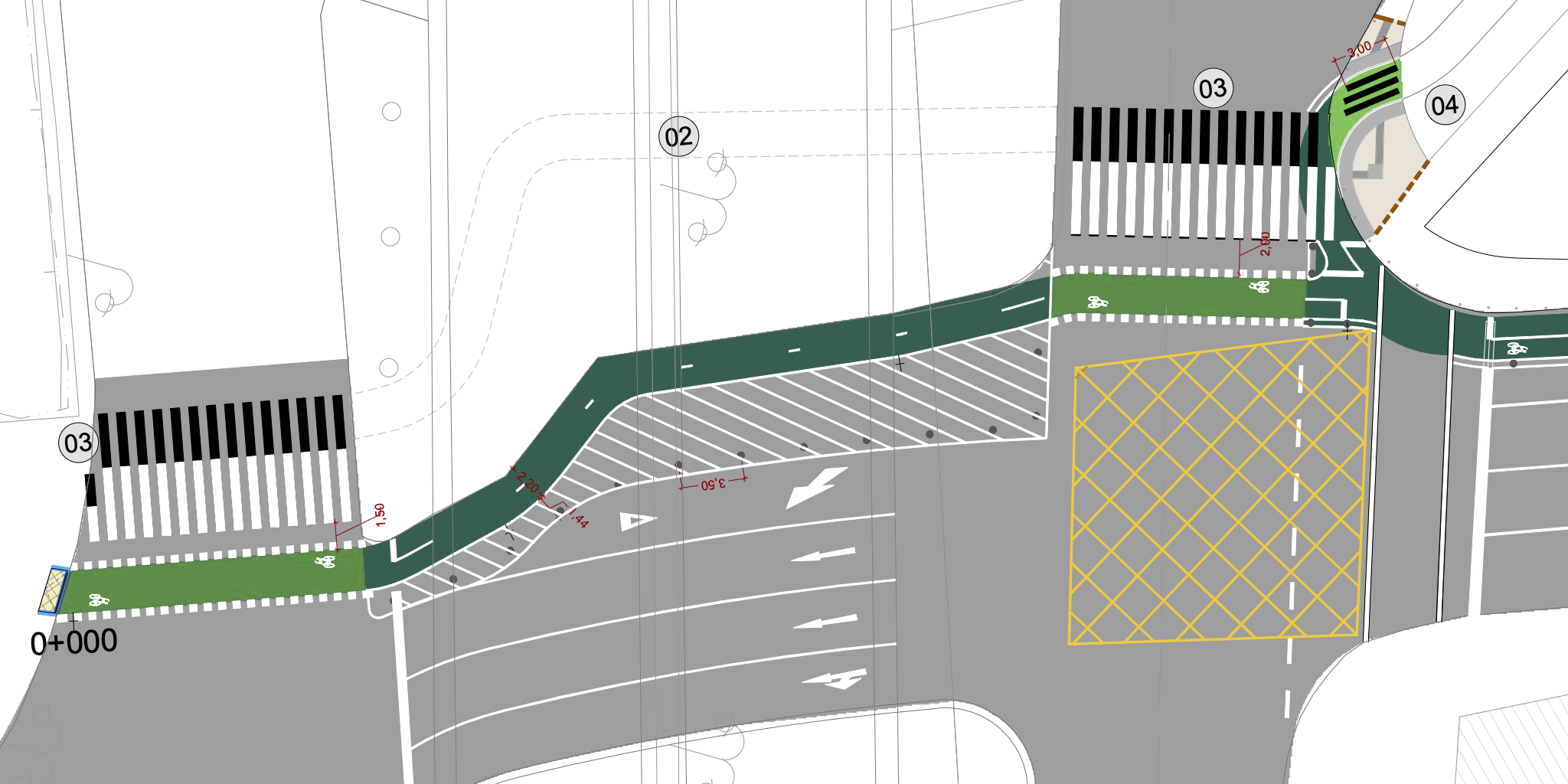
However, despite the alteration and the new cycle path on Alameda das Linhas de Torres, the site already had another cycle path, the one that passes by the terminal and continues to the heart of Telheiras via the underpass under Avenida Padre Cruz. In the project for the Lines of Torres Vedras, a link was planned between the two cycle paths in the Campo Grande area, allowing the cycling and pedestrian flows to be separated, but this was not carried out.
This is why two cycle paths remain disconnected and those coming from the Telheiras cycle path have to cross the crosswalk to access the cycle path towards the City Museum, causing avoidable conflicts. The situation could have been corrected during the intervention now underway as part of the Pedestrian Accessibility Plan. This work, in addition to comfortable paving and guides for blind people at all pedestrian crossings, also involved a new tarmac surface at the intersection on the NOS side.
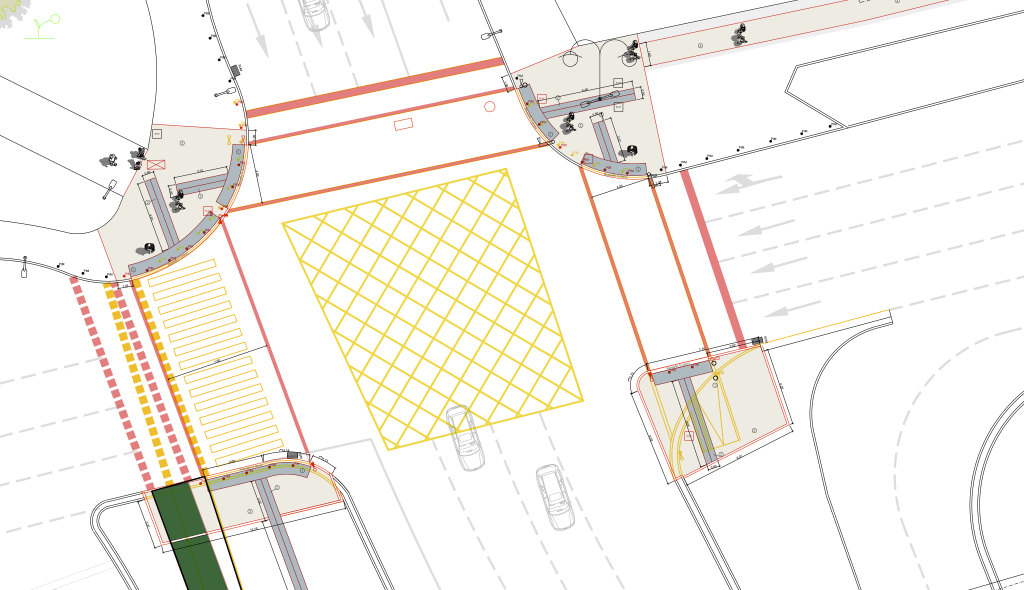
However, the contractor has once again not touched the exit of the Telheiras cycle path and has even laid the new sidewalk and curbs in that area. The project for this work, to which Lisboa Para Pessoas had access, had been designed in 2020 and included the old design of that cycle junction, not having been updated with the Linhas de Torres cycle path. In the same project, a slight correction was made to the old crossing, diverting it slightly from the crosswalk in order to better separate the two flows - a correction that no longer made sense in the current design of the area.
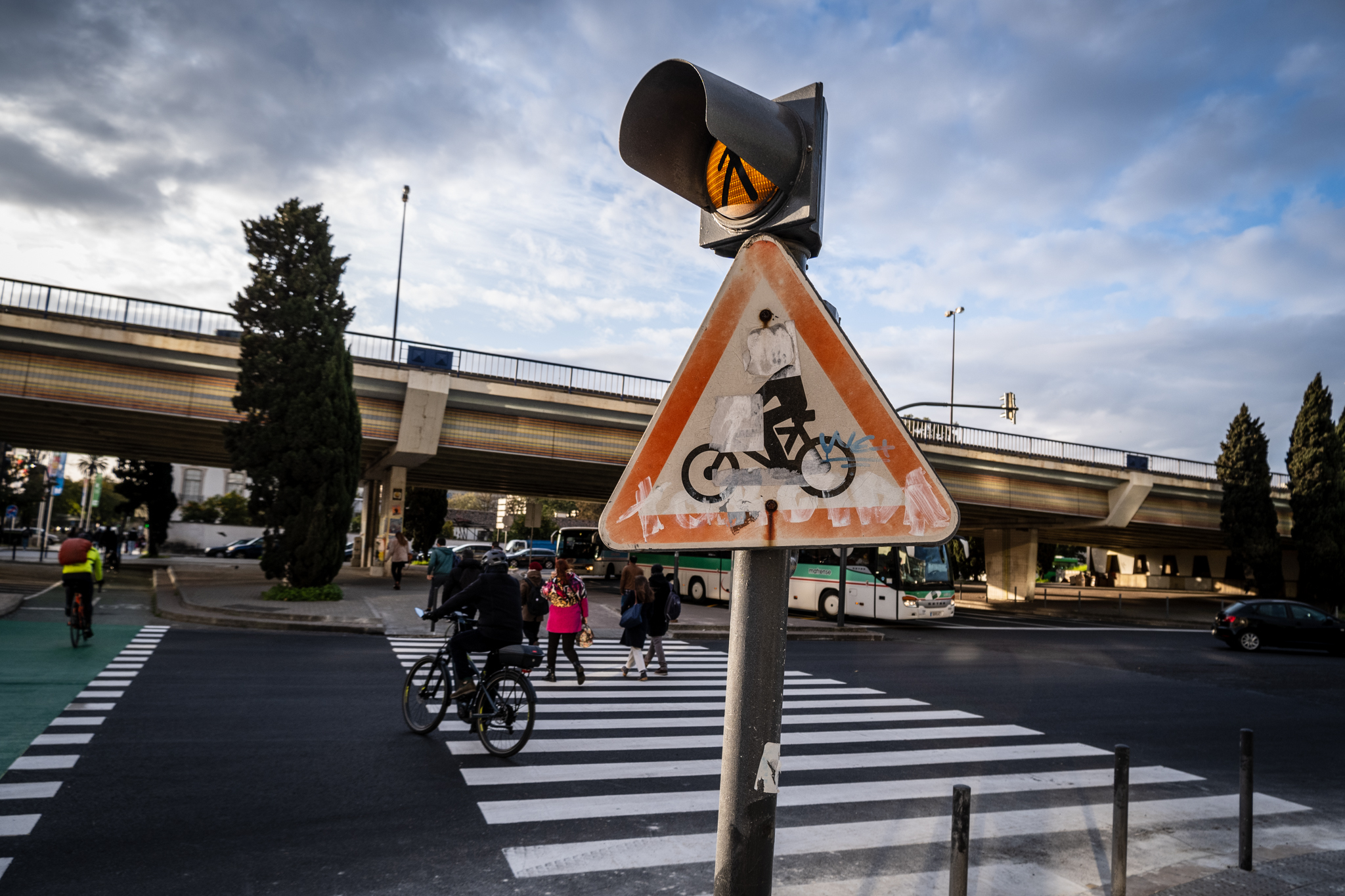
While a driver's eyes have to learn to live with cyclists, the most vulnerable elements with whom they share the road, a cyclist's eyes have to be primarily on pedestrians, the most vulnerable elements if we follow the chain of vulnerability on the road. The separation of pedestrian and cycle paths is essential to safeguard the safety of both, but especially that of the most vulnerable in this relationship - pedestrians.
